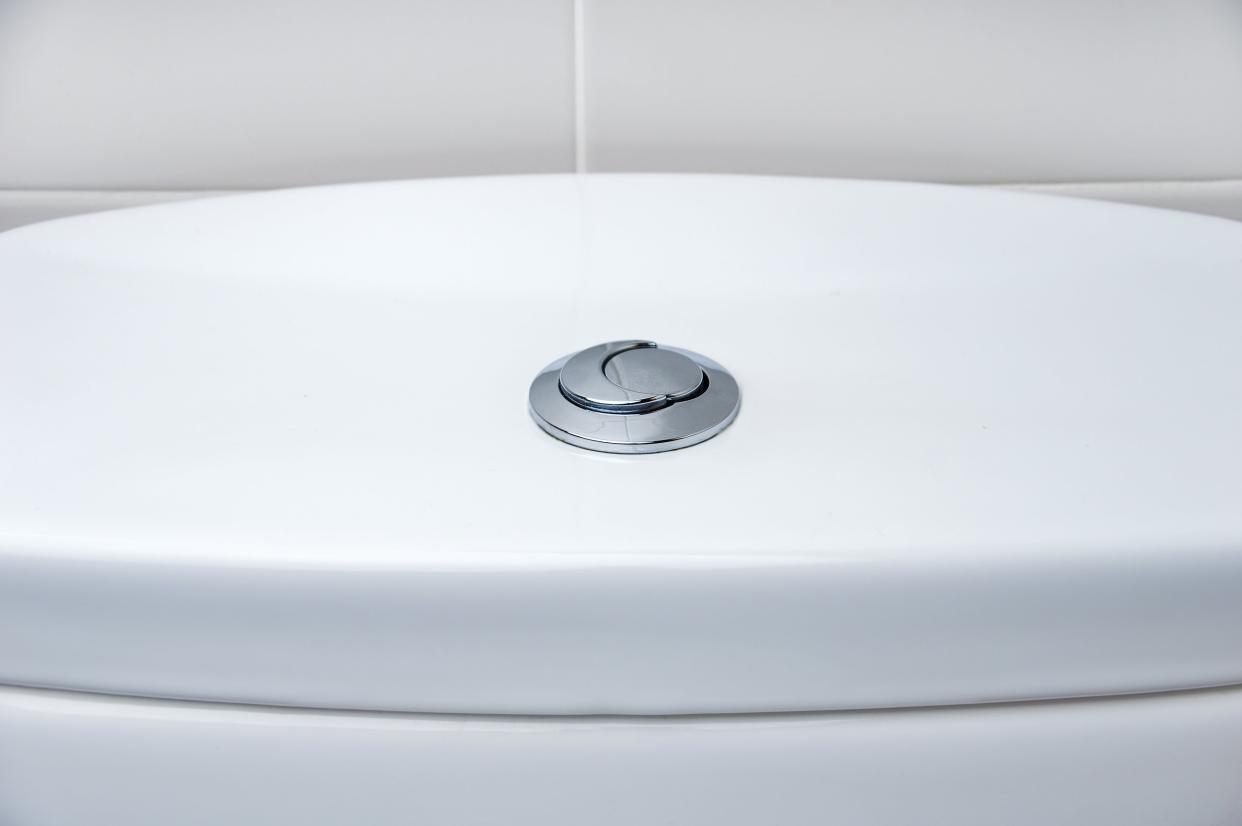Dual-flush toilets 'wasting more water than they save'

Many of the 400 litres of water wasted in UK toilets each day is due to a device that was designed to prevent the environmental problem.
Dual-flush toilets are wasting more water than they save, according to a report in the BBC, because of a combination of leaky mechanisms and unclear flush buttons that see half of customers use them incorrectly.
The toilets are meant to save water by offering users the choice of opting for a small or large flush (usually four or six litres) depending on their need.
However, between 5 and 8 per cent of toilets are losing water through leakage, according to estimates by water-efficiency organisation Waterwise – and most of these use the mechanism.
Andrew Tucker, water efficiency manager at Thames Water, says the problem is growing as more people get their bathrooms renovated.
"The volume of water loss is getting bigger every day as more people refurbish and retrofit their older toilets and as we build more homes, so we're actually adding a problem," he said.
This issue is related to the drop valve system used in most dual-flush toilets, which was introduced in 2001 after a change in UK regulations.
The Bathroom Manufacturers Association (BMA) says the drop valve system is more inclined to leaking than the traditional siphon, as debris can easily catch in the valve and cause it to run constantly.
The managing director of Thomas Dudley Ltd, one of the UK's largest plumbing manufacturers, agreed that the traditional mechanism is far more environmentally-friendly.
Jason Parker said: "A siphon will not leak whereas an outlet valve - if we look at the figures we've got - they could leak within a week of installation. It could be two years but they will leak."
Rising water demand is a pressing environmental concern, with the head of the Environment Agency warning last year that England will not have enough water to demand within 25 years.
Mr Parker wants to reverse the trend and see drop valves banned. He said: "If we're serious about wasting water and we want to stop it, the only way to do that is put a siphon back in."
Another way in which water is commonly wasted with dual-flush toilets is unclear design causing human error – recent research by Thames Water showed up to 50 per cent of customers used the wrong button, or pressed both.
Read more
Climate Crisis: Critical water shortages more likely in US West by 2025, putting 40m at risk
Water shortage 'to hinder world's economic growth'
The government's new planning rules will leave nature and the environment at the mercy of developers


